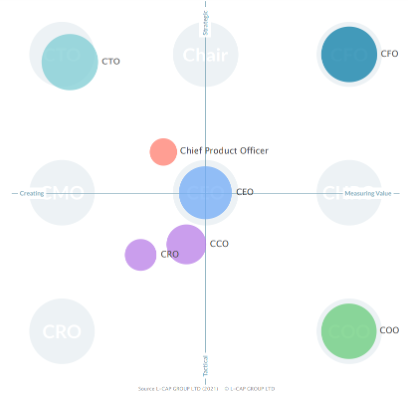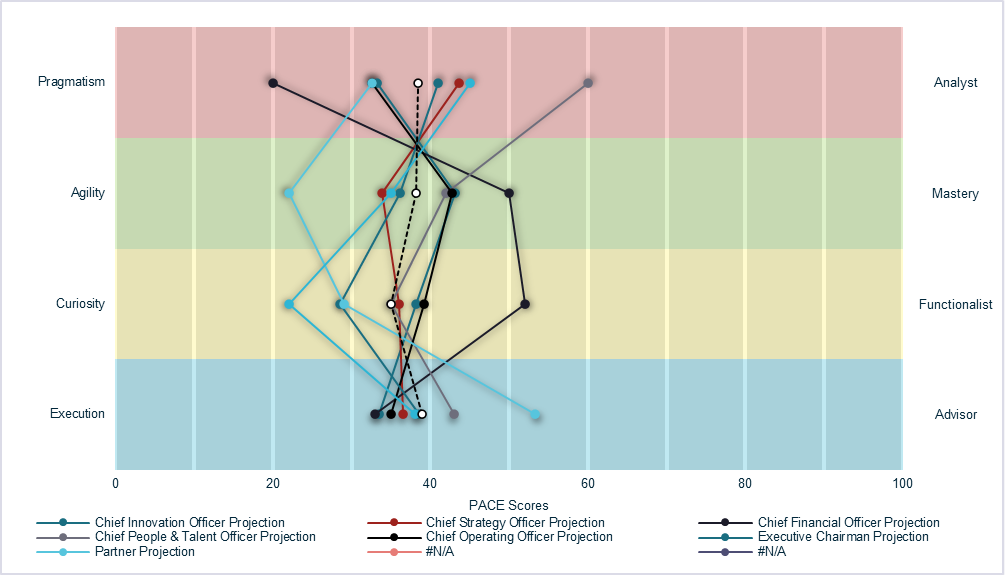Contact Us
If you’re seeking ways to invest in leadership teams or require the expertise, guidance and support of a strategic-led implementation partner, then contact us today and a member of our team will be in touch soon.

November 3rd, 2022
As with any leadership conversation, businesses often shy away from succession planning, as they lack the tools to understand what type of leaders the business needs and therefore what they should be looking for in high-potential talent. But while historical leadership decisions may have been very subjective, today building a pipeline of leadership talent can’t be left to chance, or to gut feel. It needs to be structured, backed up by hard data and completely aligned to the value creation plan.
Leadership Dynamics has been developed specifically to enable an objective evaluation of Leadership Teams. It benchmarks individuals and teams against the UK Private Equity marketplace to demonstrate their ability to deliver sustained value creation to exit.
Objective evaluation is critical to understanding the structure, experience & behaviours of a leadership team, how these fit with the value creation plan of a business, the dynamics of a team, and their potential.
It is now possible to model individual leaders and leadership teams against their top-performing peers, to spot where the gaps are, or how a team can be improved.
All of this enables a new perspective on Succession planning.
Leadership Dynamics means that we can:
· Identify gaps within a leadership team, where succession planning is critical
· Identify High Potential talent within the business
· Model the impact of leadership change before it’s taken - validating and testing your thinking around potential succession planning options
· Build development plans that align personal development and business performance
· Monitor & ensure the long-term sustainability of your leadership team
Applying Leadership Dynamics to succession planning:
In Q1 2022, LCap was engaged by a family-owned international plastics manufacturer to support succession planning in the business. You can read more about the case study here:
The three main family members, also company directors, were nearing retirement, the company strategy was for the family to maintain majority ownership of the business, however, the ‘next generation' was not yet experienced enough to take on senior management roles in the business. The ‘next generation comprised the children of the incumbent directors and there was disagreement amongst the key individuals as to the best route forwards for them individually and the business collectively. The individuals acknowledged they were struggling to remove emotion and bias from their decision-making process and had therefore come to a standstill.
The leadership team engaged Leadership Dynamics to provide an objective, third-party recommendation as to how to succession plan the established leaders and optimise the senior leadership team and bridge the ‘gap’ between the incumbent and future management teams (the ‘next generation).
The process involved engagement with senior stakeholders to define the value creation plan, benchmarking of the organisation against a set of peers, and behavioural PACE profiling of key team members including the key family members in the business. At the end of the 3-week process, a full Leadership Dynamics technical report on the team was delivered, alongside an optimisation report, outlining a clear sequence of actions to take to optimise the team for success.
This objective analysis and framework for evaluation supported a clear set of decisions for the business as it undertook the succession planning process.
The key insights provided included:
· Recommended SLT member hires including full role description and ideal experience and behavioural profile to maximise complementarity.
· Improvements to organisational design to ensure the departmental and management structure increased career pathways and maximised the strengths of the key leaders’ experience and behaviours in the business.
· Development plans for the ‘next generation’ based on the PACE profiling, outlining how to maximise the development potential of each individual.
The value and insights of Leadership Dynamics:
Leadership Dynamics includes a wealth of different analyses across the structure, experience, behaviours of a leadership team, that collectively provide a rich objective evaluation of the team. This objective analysis enables consensual, fact-based decision-making.
Our insights include:
‘Leadership Team Functional Balance Chart’ 
A functional balance chart shows how balanced a team is, where there are gaps, and where leadership talent may need to be developed within the business.
A Leadership Structural analysis, visual using the functional balance chart represents the experience of each leader in a leadership team in different kinds of functional roles within a business.
There are two main insights that can be gauged from the functional balance chart. The first is the balance of the team, namely whether there is a concentration in certain areas or a more even spread of experience and roles and what this can tell us about the likely success of the team. The second is to do with the comparison of an individual’s current role with their functional experience, namely how close to their role’s functional archetype they land, and what this can tell us about both their suitability to the role on the whole, and/or the sub-type of that role they are suited to.
Meanwhile, behavioural profiling can help to predict how individuals will behave in a business context and their compatibility with other leadership team members. These insights are invaluable in facilitating conversations and decisions that can otherwise be difficult to broach. People have often turned to psychometric and competency tests to try to paint a picture of the individual. The purpose is consequently to aim to take the role of a behavioural assessment tool that can give such insight: namely assessing the individual’s perspective effectiveness in a role given a specific VCP and the market environment. This is the overarching design of PACE. The four PACE behaviours of ‘Pragmatism’, ‘Agility’, ‘Curiosity’ and ‘Execution’ were landed upon as the result of a process with the aim in mind to determine rigorously what behaviours could be justifiably considered indicative of likely successful value creation.
‘Leadership Behavioural Complementarity Chart’.
Armed with these insights, companies can build not only a pipeline of talent in any given leadership role but also a timeline for change that aligns with their growth plans. Leadership change is necessary, but too much, too quickly can be damaging and unsettling, so it’s important to identify the optimal number of changes in each period. Implementing a roadmap for change ensures the most impactful changes are made at the right time.

If you’re seeking ways to invest in leadership teams or require the expertise, guidance and support of a strategic-led implementation partner, then contact us today and a member of our team will be in touch soon.

Apply now and a member of our team will be in touch shortly.